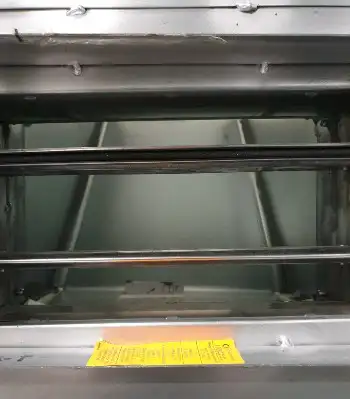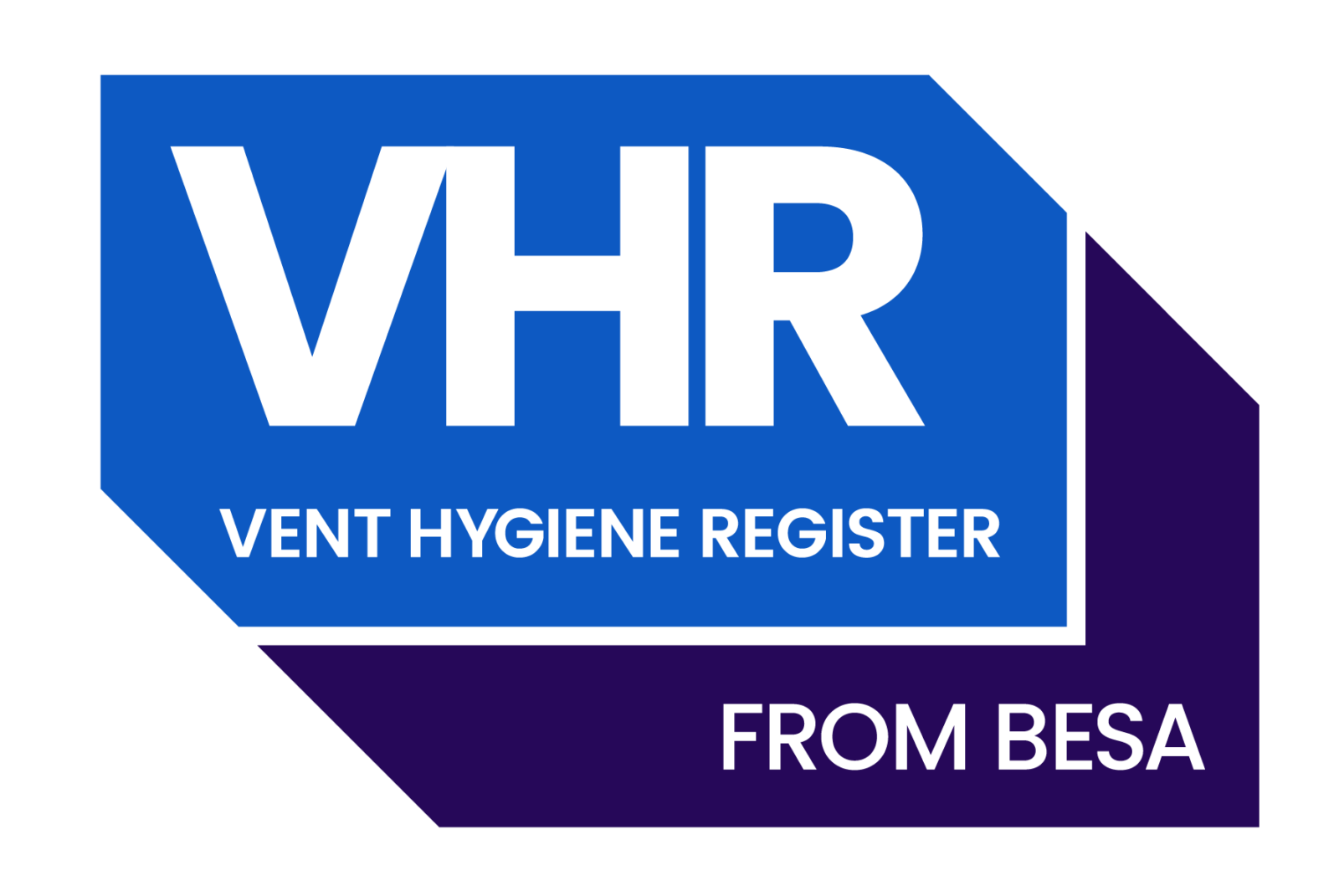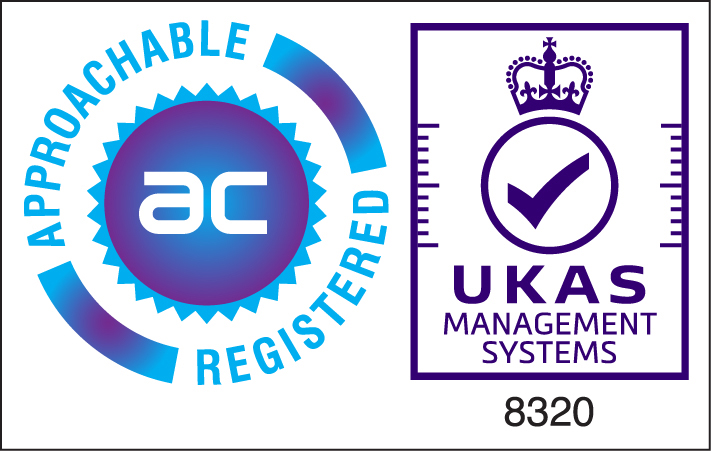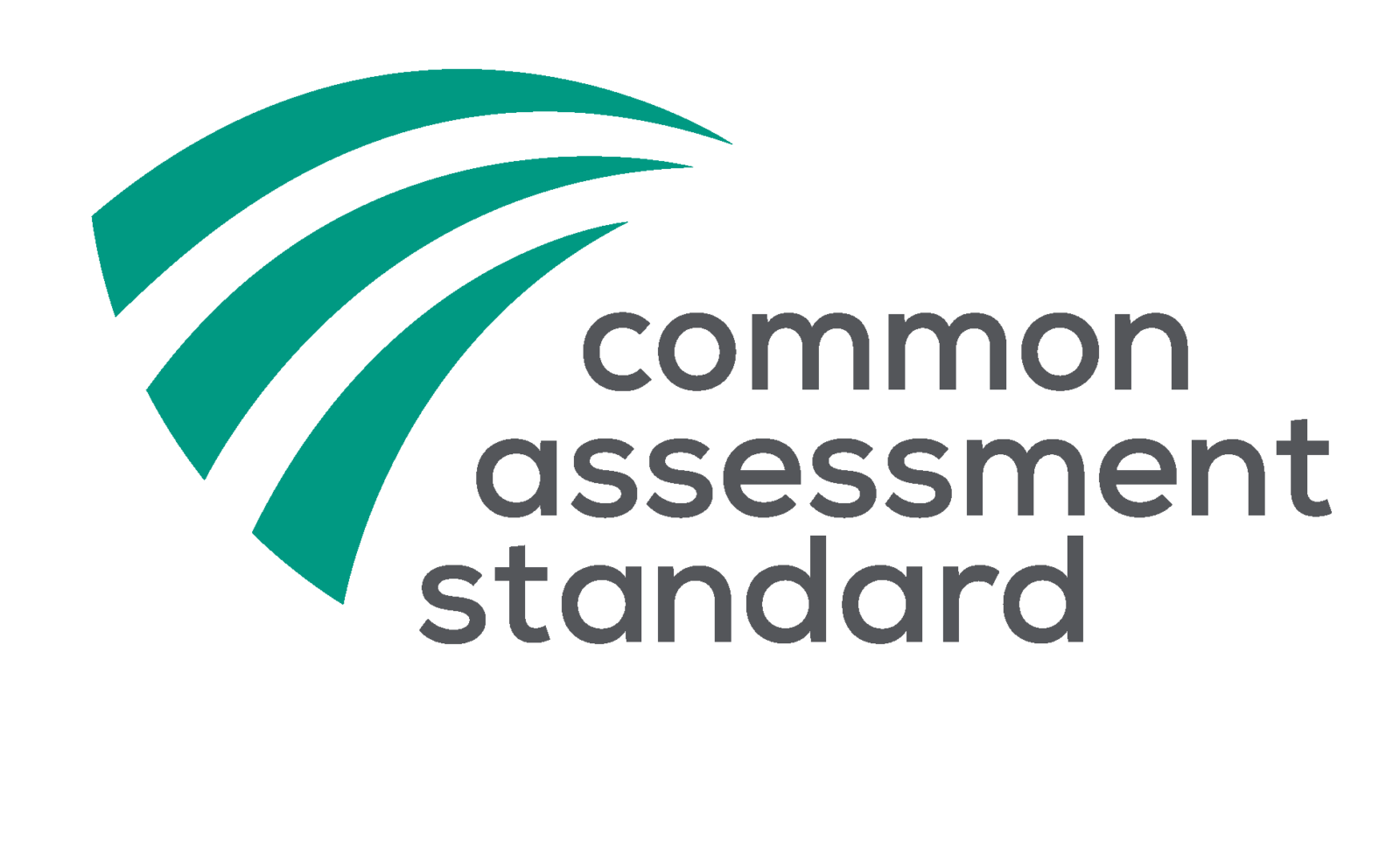Buildings can’t be designed, built or released to the public for human habitation without them containing ways to preserve fire/life /safety.
Some parts of the building will decay, foul up, wear out, malfunction and sometimes, (although it is hard to believe), they were handed over and were never right in the first place after build, upgrade or refurbishment. I’m sure we can all think of an event where the fire/life/safety equipment failed and made its way onto the news- unfortunately there are many examples.
The object of complying with these regulations is to stop it happening before it costs lives. There are some nice simple paragraphs to get the person responsible to keep you safe in their building, because if not, it’s them in court.
Organisations have an indisputable ethical obligation to install, review and maintain equipment that keeps building occupants safe. However, they also have regulatory frameworks that they must adhere to, with a much-needed focus on fire prevention and management.
The tricky bit about this is often proving your compliance. You certainly can’t afford to wait until there is a fire to test your safety systems and show that you have kept on top of both your equipment and procedures!
You must be able to show that you are complying with all your fire safety duties.
It is essential to be aware of the fire damper maintenance regulations and how to demonstrate your compliance with this important legislation.
This article explains the current British Standard 9999 and how it governs obligatory fire damper inspections, cleaning and repair of these life-critical items. There is a Code of Practice for Fire Safety in the Design & Use of Buildings.
Firstly let’s just quickly remind ourselves-what exactly is a fire damper?
What are fire dampers?
One of the main ways fires can catch and rage so quickly through buildings is the ventilation and air conditioning ducts. These huge metal tubes are the arteries of air for large buildings which feed the whole building, so a fire can spread far and wide all too rapidly. If a fire is raging through a duct, it heats up a sensor and the fire damper slams shut –HOPEFULLY!
This is why fire dampers are absolutely crucial- because these are devices that stop flames, heat and smoke from rapidly spreading through your building.
They vary in size and shape and are placed in risers-vertical, or horizontal ducts- hard steel dampers that partition the ductwork. They can be dynamic, operating on a spring-load system, or static curtain-like devices that drop into place to block fire and smoke.
Some will let smoke past, as a fire warning, and others that prevent the passage of fumes and smoke.
The variation in these essential pieces of equipment also extends to how they operate. Many newer versions have sensors which either activate automatically or give a programmed response.
There are fire dampers that rely on a thermal element that melts at high temperatures, to trigger the shutting of the gate. As the construction and activation of fire dampers can vary from building to building – or even from section to section in larger premises – keeping them properly maintained can be a headache.
UK Law on fire damper testing and regulations
International fire testing and fire damper regulations can vary between countries. This can mean crucial differences in the design and construction of these systems. What is globally recognised is that installing fire dampers saves lives, as long as they are also regularly and thoroughly maintained.
The mandatory requirements for inspecting and maintaining fire safety equipment in buildings were enshrined in the Regulatory Reform (Fire Safety) Order 2005.
Then, in 2017 the BS 9999 Code of Practice for Fire Safety in the Design & Use of Buildings was issued. This provides architects, surveyors, owners, facilities managers and fire safety professionals with a framework for creating a safe environment in and around buildings.
The code includes important installation rules on fitting dampers to HVAC systems in a systematic way, to ensure they are spaced at appropriate intervals.
BS 9999 also demands that fire dampers are tested properly once installed and then at least once a year.
However, BS 9999:2017 does not just require yearly testing. These fire damper regulations came with an important rider that many employers may be overlooking.
If your fire damper is in an area of your building that’s prone to dust or other airborne particles, fire damper testing and fire damper maintenance services are needed on a far more frequent basis, and assessing and cleaning them once a year is not sufficient.
More insights into the UK fire damper regulations
The fire damper regulations can be split into 5 questions you need to consider, to make sure your equipment is correctly placed and fully functional at all times.
Location :Where are they?-You need to be able to show exactly where all your fire dampers are, and their strategic significance.
Inspection : When did you last look at them?- You’re required to show evidence that they have been visually evaluated and their repair status is documented.
Testing : Did they work when you last looked?– To be compliant, you should also have demonstrated their effectiveness.
Reset : Could you put them back the way they should be?- The above must be followed by an indication fire dampers have been reset.
Recordkeeping : Can you prove in writing you did it?- All of the above should form part of thorough and detailed maintenance and testing record.
Fire damper testing that proves compliance
To meet the demands of these regulations, engaging professional services is vital.
Especially as they can help you to prove compliance. A professional fire damper inspection also involves preparing detailed reports on the status and operational efficiency of your equipment, backed up by clear images of their placement and activation in your heating, ventilation and air conditioning ducts.
That’s the sort of hard evidence that can be tricky to provide in-house. Also if there are any court issues later, you can transfer legal liability to us on this one, (and we’ve all seen how important this can prove to be recently).
To do this properly requires our high calibre fire damper testing and fire damper maintenance services, which use the latest technology to gather detailed data and imagery.
Fire damper inspections come with hard recommendations
An important parameter which employers need to consider when subcontracting fire damper compliance activities is this: Fire damper regulations are super clear on what actions you need to take if testing does identify an issue. Building fire safety rules demand that remedial work is done more or less instantly.
That could be installing fresh (or actually for the first time!) fusible links on dampers, removing foreign objects or completely replacing malfunctioning fire dampers. We have even turned fire dampers from incorrect original upside down installation the right way up ,and we have also released cable tie retaining straps that were put on the dampers for transportation ,and where if there had been a fire before we arrived ,would never have shut in time to do their job,.
We have even removed items jammed in the fire dampers to keep them open –EVEN WOOD! Truthfully, the catalogue of potential killers hiding in the ductwork systems of the Nation would keep Bruce Willis busy sliding through the ducts for a century, except he would probably have to stop every minute to fix this problem!
On a more serious note, if testing does reveal serious issues, no time must be wasted scrambling around for solutions and trying to work out why this essential equipment is letting you down!
At Ventilation Surveys & Services Ltd, we take things further than insightful fire damper testing and fire damper maintenance services. We document any limitations and issues in your systems and suggest the best ways to rectify them, to keep you compliant with fire building regulations and statutory fire safety compliance standards.
For a free quote for services to help you meet fire damper regulations, contact us today.





Ventilation Surveys & Services, 305/307 Tower Street, Century Buildings – Brunswick Business Park, Liverpool, Merseyside, L3 4BJ
Company Registration Number 07411775
VAT – 997895709
© 2025 Ventilation Surveys & Services Limited | Website by Xanthos








